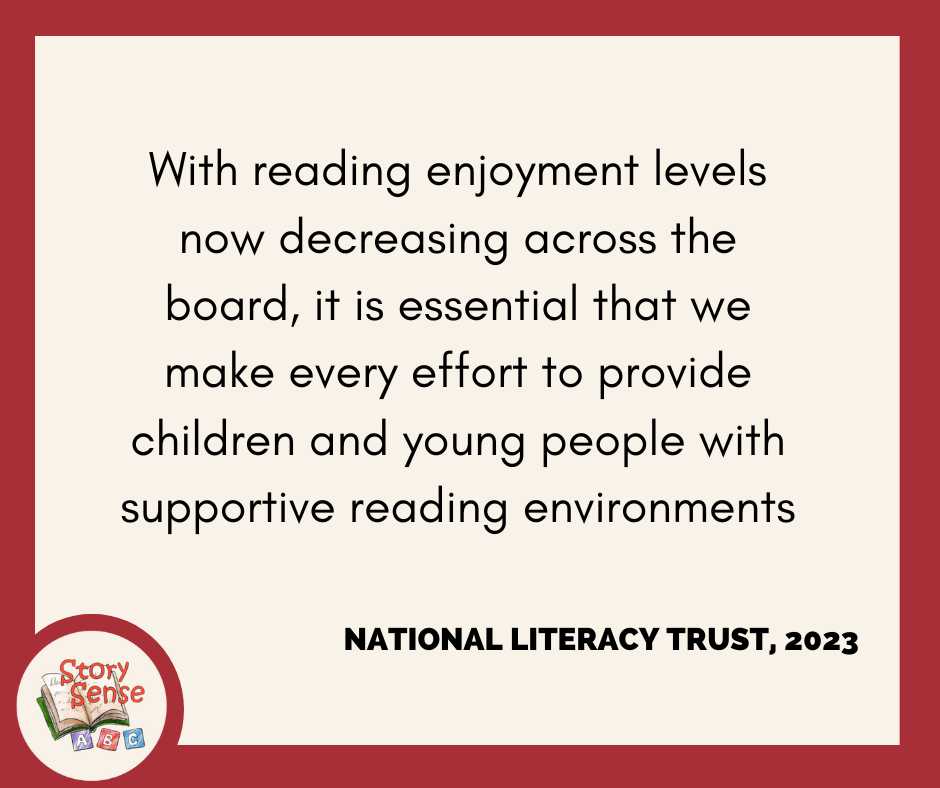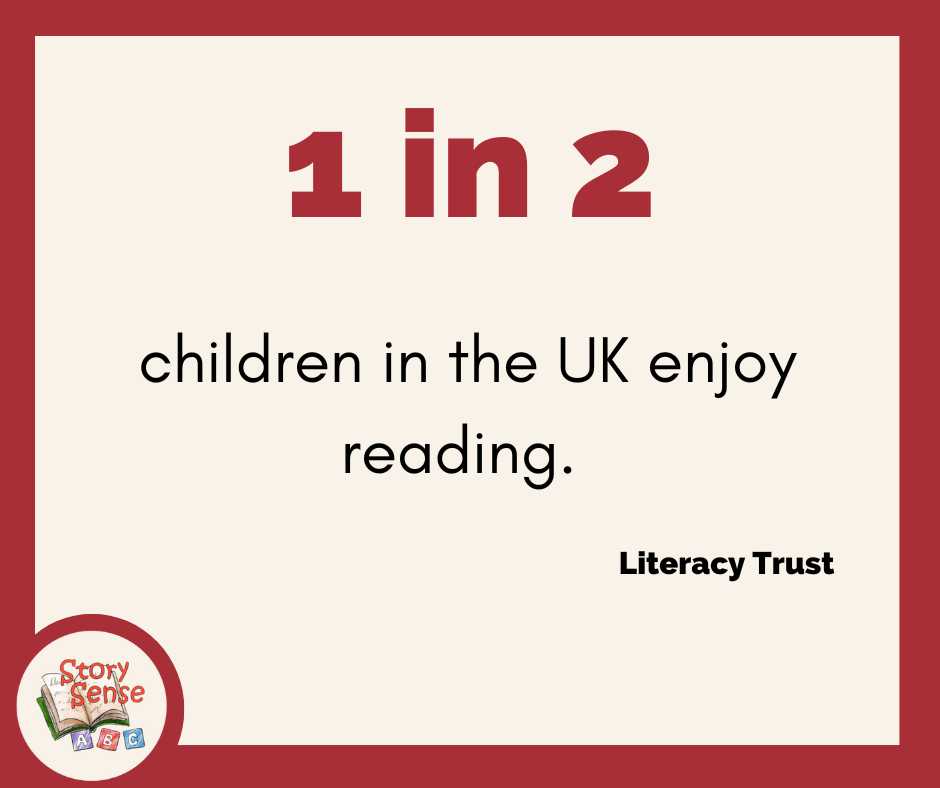This phenomenon not only hampers their academic growth but also deprives them of the joy and enrichment that reading can bring. As an expert in child literacy, I want to delve into the reasons behind this trend and offer practical solutions for parents and educators to rekindle children's passion for reading.
The Allure of Simplicity
One of the primary reasons children shy away from challenging books is the allure of simplicity. In an age dominated by digital media, instant gratification has become the norm. I know from my own children (still too young for gaming but old enough for Disney+), it is extremely obvious the lack of patience they have. An intant grunt or complaint when it doesn't load quick or if an advert rudely interrupts. They will never know the days of ad breaks in a film every 10 minutes! Video games, social media, and streaming services provide quick and easy entertainment, requiring minimal effort compared to the cognitive demands of reading. Consequently, children gravitate towards simpler books that offer immediate satisfaction and are less taxing on their concentration. Why would they choose to read when they can probably do two other things in the same amount of time?
Fear of Failure and Lack of Confidence
Another significant factor is the fear of failure. A sad but solid observations from my time in the classroom which showed children refusing to even try due to fear of failure. But where does this come from? How do young children learn to worry? Most likely from their surroundings, whether thats family, siblings or friends. We need to be showing our children that finding something difficult isn't a failure but a lesson to get better with. Challenging books often come with difficult vocabulary, complex plots, and deeper themes that can intimidate young readers. With phonics at the forefront of Early Years teaching, the books are simple, setting them up for initial success. But what happens when they finish the program? They head into their own reading books, mostly lacking in exciting images and filled with words spreading the whole page. The word daunting comes to mind. The frustration of not understanding a text can quickly erode a child's confidence, making them reluctant to tackle more demanding material in the future. This avoidance behaviour is a natural response to the discomfort and anxiety associated with potential failure.
The Role of the Education System
The education system also plays a crucial role in this dynamic. Standardised testing and a curriculum focused on measurable outcomes can inadvertently stifle a child's love for reading. When reading becomes a chore, associated with assessments rather than enjoyment, children are less likely to seek out challenging books. The pressure to perform can overshadow the intrinsic pleasure of exploring new worlds through literature.

Practical Strategies to Encourage Challenging Reading
To counter this trend, it is essential to adopt strategies that make challenging books more appealing to children. Here are some effective approaches you can do at home:
Create a Reading-Friendly Environment: Fill your home with a variety of books that cater to different interests and reading levels. Make reading a shared family activity and demonstrate your own enthusiasm for literature.
Encourage Choice and Autonomy: Allow children to choose their books. When children have the freedom to select what they read, they are more likely to feel motivated and engaged, even if the books are challenging. If it is a challenging text, read it with them or to them. Show them it isn't impossible.
Provide Support and Encouragement: Be patient and offer support when your child encounters difficult texts. Discuss the book with them, help them understand complex words and themes, and celebrate their progress to build their confidence.
Integrate Technology Wisely: Use educational apps and e-books that incorporate interactive features to make challenging reading more accessible and enjoyable. These tools can provide additional context and aid comprehension.
Collaborate with Educators: Work with teachers to identify books that match your child’s interests and reading level. Educators can provide valuable insights and recommendations that align with your child's needs.
Reigniting a child's love for reading, especially when it comes to challenging books, requires a concerted effort from parents, teachers, and the community. By understanding the reasons behind children's reluctance and implementing supportive strategies, we can help them rediscover the joy of reading. Encouraging children to embrace challenging literature not only enhances their academic skills but also enriches their lives, opening doors to endless possibilities and adventures.
In a world where information is at our fingertips, the ability to engage deeply with complex texts is more important than ever. As advocates for child literacy, let us commit to nurturing a generation of confident, passionate readers who view challenging books not as obstacles, but as opportunities for growth and discovery.
Want to be part of this wave where we can support the next generation in Literacy? Got a passion for helping children find a love of reading? Do you run a business that would be a good match for supporting our mission?
I want to hear from you - Work With Us









